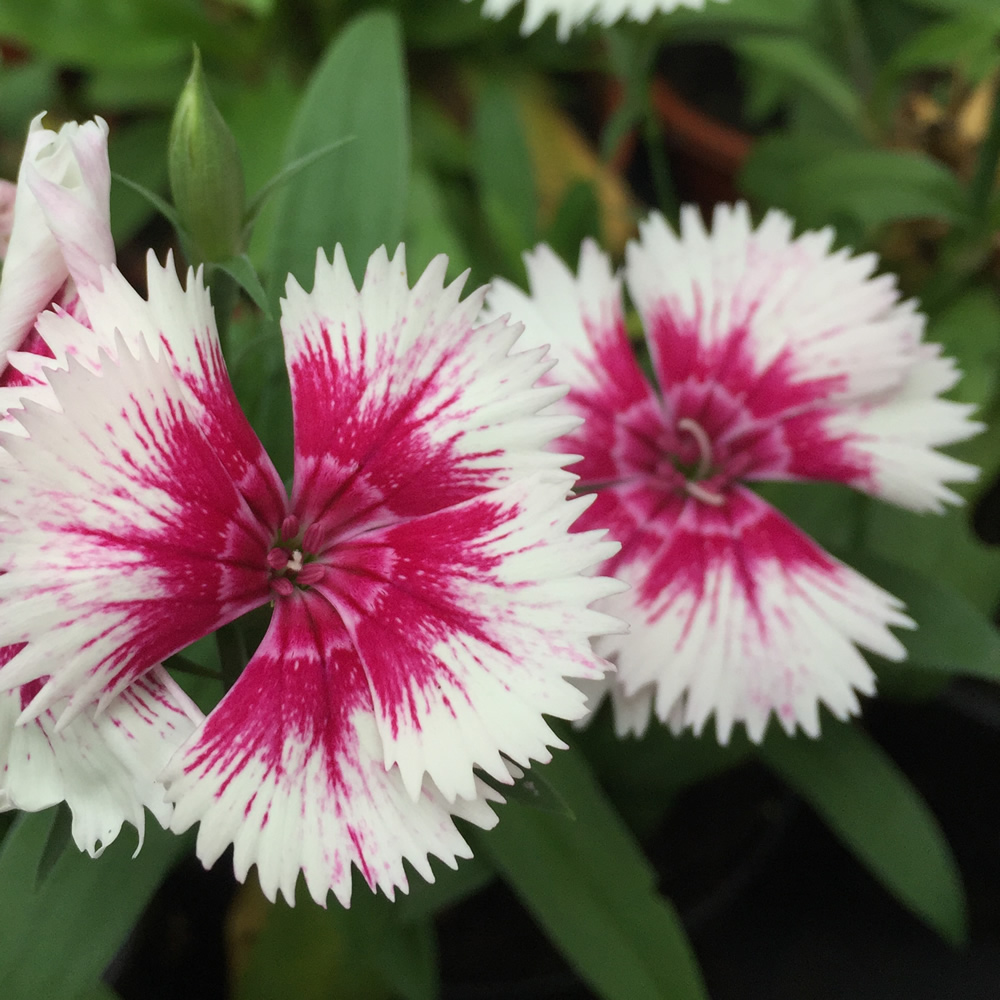Dianthus: A Delightful Edible Flower
Dianthus, also known as pinks, are a charming and versatile flower that adds beauty and flavor to gardens and dishes alike. With their vibrant colors, delicate petals, and subtle spicy-sweet taste, dianthus have been enjoyed for centuries, not only for their ornamental appeal but also for their culinary uses.
A Brief History of Dianthus
Dianthus have a long and rich history, dating back to ancient Greece and Rome. The name “dianthus” comes from the Greek words “dios” (meaning god) and “anthos” (meaning flower), thus translating to “divine flower” or “flower of Zeus.” These flowers were often associated with love, beauty, and virtue, and were used in garlands, wreaths, and perfumes.

Growing Dianthus in Your Garden
Dianthus are relatively easy to grow and can thrive in a variety of climates. They prefer full sun or partial shade and well-drained soil. Dianthus are available in various types, including annuals, biennials, and perennials. Some popular varieties include:
Cottage Pinks (Dianthus plumarius): These perennial dianthus are known for their fragrant, fringed petals and come in shades of pink, white, and red.
Culinary Uses of Dianthus

Dianthus petals are edible and offer a subtle spicy-sweet flavor with hints of clove and nutmeg. They can be used in various culinary applications, such as:
Garnishes: Dianthus petals make beautiful and flavorful garnishes for salads, desserts, and beverages.
Health Benefits of Dianthus
While dianthus are not typically consumed in large quantities, they do offer some potential health benefits. They are a good source of vitamins and minerals, and their petals contain antioxidants that can help protect cells from damage. Additionally, dianthus have been used in traditional medicine for their potential anti-inflammatory and antiseptic properties.

Precautions When Using Dianthus
When using dianthus for culinary purposes, it is essential to ensure that they have been grown organically and are free from pesticides or other chemicals. Only the petals should be consumed, as the leaves and stems can be bitter and may cause digestive upset. It is always best to introduce edible flowers gradually into your diet to ensure that you do not have any allergies or sensitivities.
Dianthus in Culture and Symbolism
Dianthus have been associated with various meanings and symbols throughout history and across different cultures. In general, they are considered symbols of love, affection, gratitude, and admiration. The different colors of dianthus can also carry specific meanings:
Pink: Represents love, affection, and gratitude.
Conclusion
Dianthus are not only beautiful flowers that enhance the aesthetic appeal of gardens but also versatile and flavorful additions to various culinary creations. Their subtle spicy-sweet taste, combined with their vibrant colors, makes them a delightful ingredient for garnishes, desserts, salads, and beverages. With their rich history, cultural significance, and potential health benefits, dianthus are truly a divine flower that can be enjoyed in many ways.
Additional Tips for Using Dianthus
Harvest dianthus petals in the morning when they are at their freshest.
Resources for Growing and Using Dianthus
[North Carolina Extension Gardener plant Toolbox: Dianthus](https://plants.ces.ncsu.edu/plants/dianthus/)
By incorporating these delightful flowers into your garden and your culinary creations, you can experience the beauty and flavor of dianthus firsthand.
edible flowers dianthus
